The Mars Observer spacecraft in the clean room.
Click on image for full size
NASA/JPL
Mars Observer
The Mars Observer set out to observe the atmosphere (detailed weather
rather than climate), magnetic field and surface of
Mars. It carried with it 8 instruments. However, the Mars Observer (MO)
failed on August 21, 1993, just prior to entering Martian orbit. Over the long cruise from Earth to Mars, some of the fuel leaked into the engines. When the engines were ignited for orbit entry, the fuel tanks blew up.
The instruments carried by MO were a camera, an altimeter, an infrared and a gamma ray spectrometer, an atmospheric sounder, a magnetometer, and a transponder and relay antenna for radio science. An altimeter would have determined the altitude of surface features, while a magnetometer would have measured the Martian magnetic field. Radio experiments would have made it possible to measure the shape of Mars and to observe the planet's upper atmosphere.
Out of the failure of Mars Observer came the Mars Surveyor Program. NASA utilized some of the same instrument technology developed for the Mars Observer on the Mars Global Surveyor, Mars '98 missions and Mars 2001 Odyssey mission which launched in April 2001.
You might also be interested in:
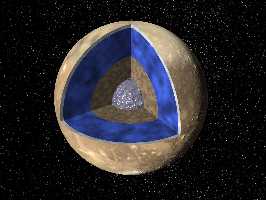
You may wonder how it is that scientists know what the inside of a planet is like. The interior of a moon or planet can be closely determined from spacecraft navigation data when a spacecraft passes by
...more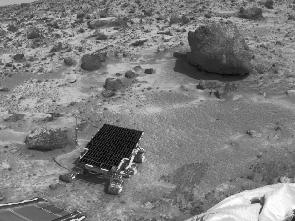
Born as a result of the failure of Mars Observer (MO), the Mars Surveyor Program was designed to explore Mars with all the original measurements planned for MO, and a lot more. It varied from the MO mission
...more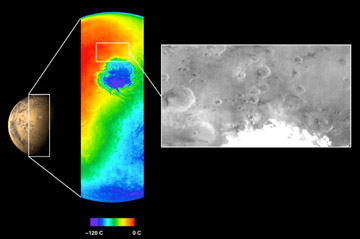
The Mars Odyssey was launched April 7, 2001, from Cape Canaveral Air Force Station in Florida. After a six-month, 285 million-mile journey, the Odyssey arrived at Mars on October 24, 2001 (02:30 Universal
...more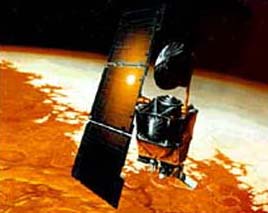
Last Thursday was supposed to be a triumphant one for NASA, but turned out to be a disaster. The Mars Climate Orbiter was scheduled to begin its orbit around the Red Planet early that morning. However,
...more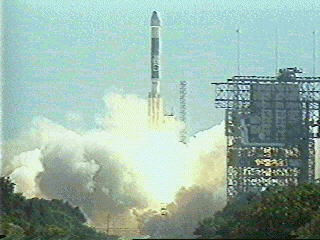
Mars Global Surveyor (MGS) is conducting mapping operations at Mars more than 30 years after America's first reconnaissance missions reached the mysterious red planet. Here are some of the instruments
...more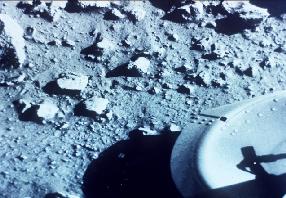
The Viking I and Viking 2 missions were designed to both orbit Mars and land and make exploratory observations on the planet's surface. At this stage in the history of the exploration of Mars, scientists
...more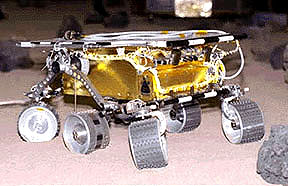
The Mars 2005 mission is still in the planning stages. It is set to launch in the year 2005.
...more















